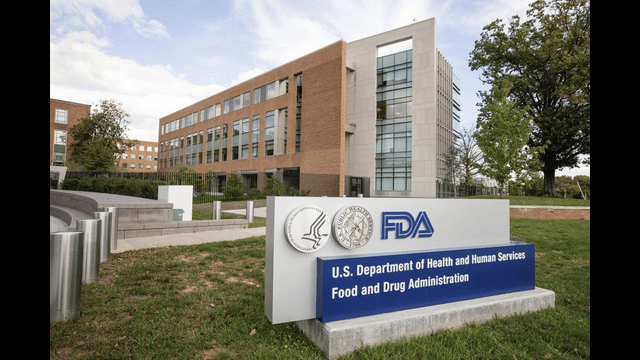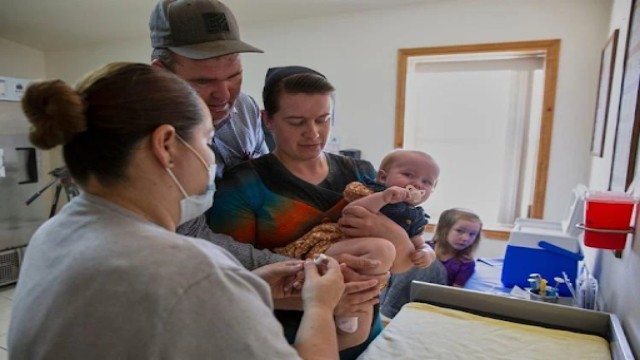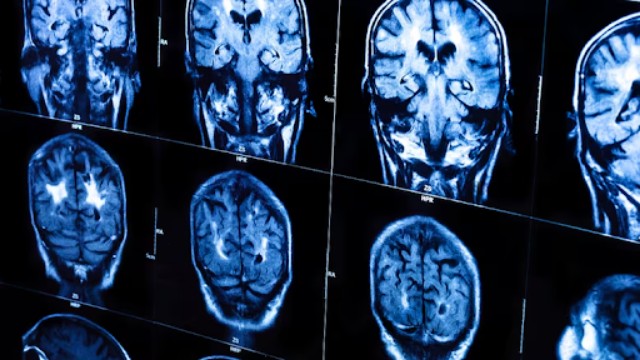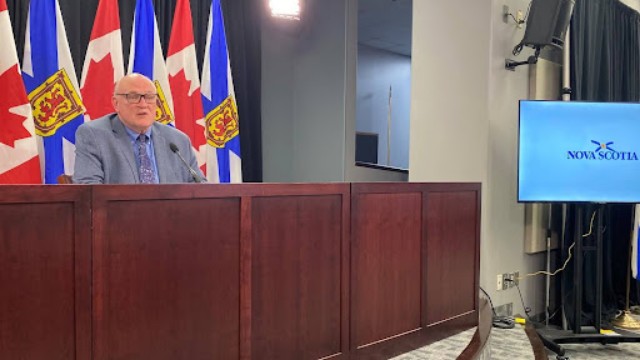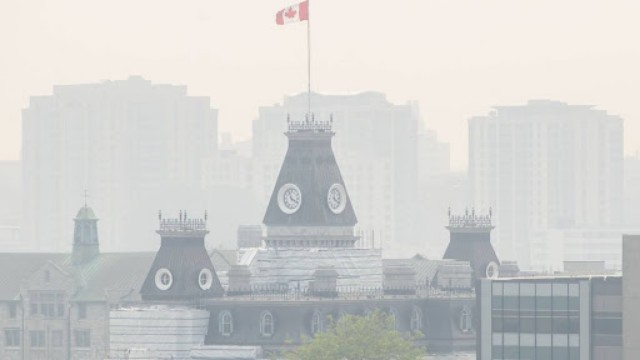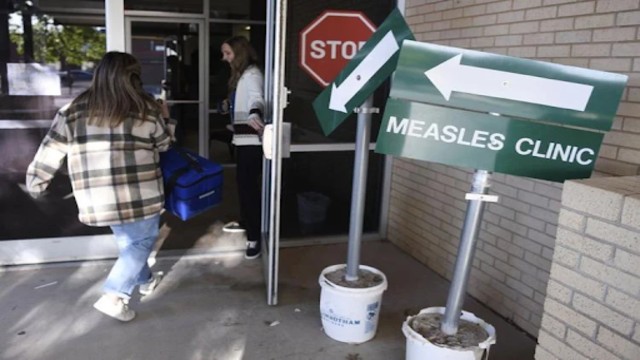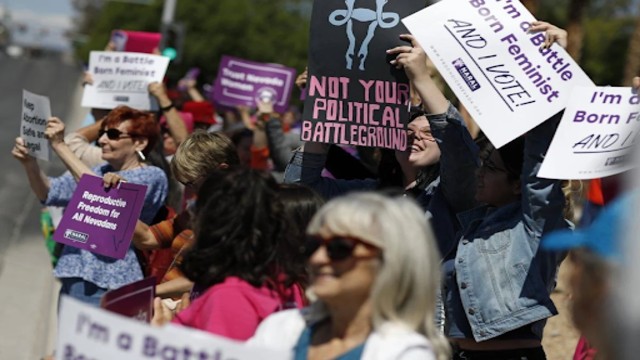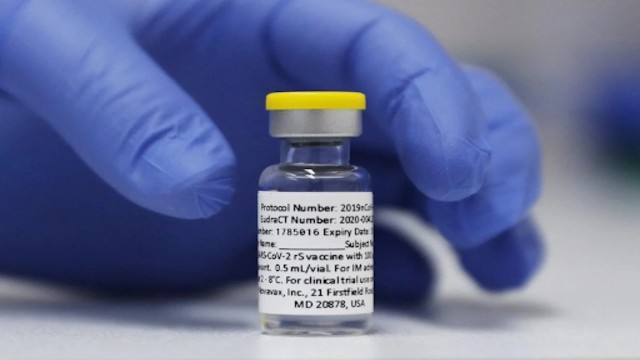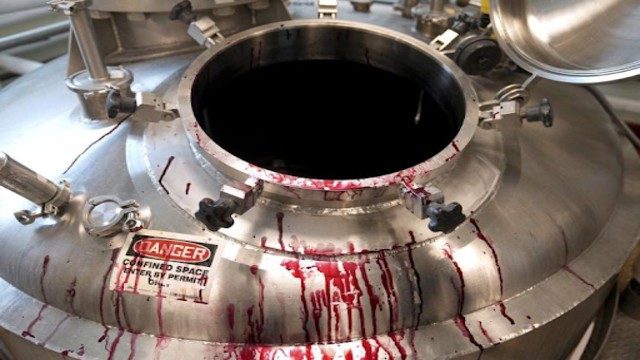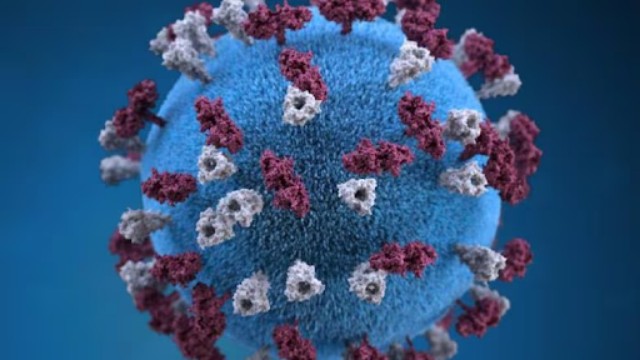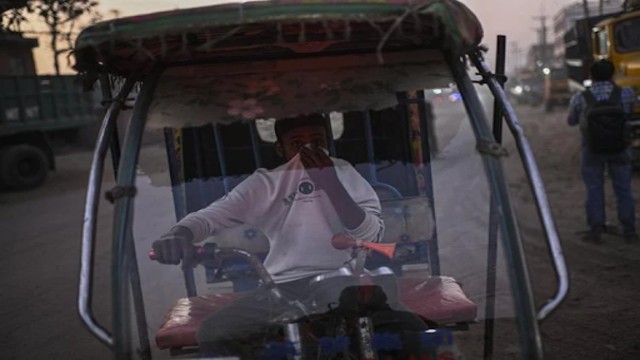
An autorickshaw driver covers his face to protect himself from the pollution in Dhaka, Bangladesh, Feb. 9, 2025. (AP Photo)
Fresh air is essential, yet billions worldwide breathe polluted air daily. According to the World Health Organization (WHO), 99% of the global population is exposed to air that fails to meet safety standards. This invisible killer (Air Pollution) claims around 7 million lives prematurely each year.
In cities like New Delhi, Dhaka, Bangkok, and Jakarta, smog-filled skies are a daily reality. However, poor air quality isn’t always visible. “Blue skies don’t guarantee clean air,” warns Tanushree Ganguly from the Energy Policy Institute of Chicago in India.
What Are the Most Dangerous Air Pollutants?
Air pollution mainly results from burning fuels like coal, gasoline, and natural gas. Other sources include wildfires, industrial emissions, and agricultural burning.
One of the most harmful pollutants is particulate matter (PM), especially PM 2.5—tiny particles that can penetrate deep into the lungs. PM 10, which comes from sources like mining and road dust, also poses serious risks.
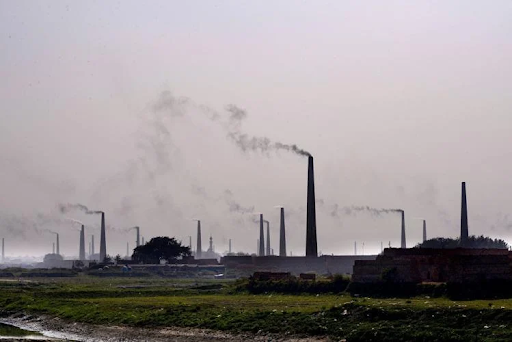
Smoke rises from chimneys of brick kilns on the outskirts of Dhaka, Bangladesh. AP Photo
Toxic gases such as nitrogen dioxide (NO2) and sulfur dioxide (SO2), released from vehicle emissions and industrial activities, further degrade air quality. The level and type of pollution vary by region. Jakarta struggles with vehicle emissions, while agricultural burning impacts cities in India and Thailand. In Dhaka, coal-powered brick kilns contribute significantly to the problem. Seasonal wildfires worsen air pollution in Brazil and North America.
Health Risks of Air Pollution
Air pollution is the second leading cause of premature death worldwide, just behind high blood pressure, as per the Health Effects Institute.
Short-term exposure can cause asthma attacks and increase the risk of heart attacks and strokes. Long-term exposure can lead to chronic lung diseases, heart problems, and respiratory infections.
Children are particularly vulnerable. UNICEF reports that over 500 million children in East Asia and the Pacific breathe polluted air, with 100 deaths of children under five linked to air pollution every day. “Every breath matters, but for too many children, it brings harm,” says UNICEF’s Regional Director for East Asia, June Kunugi.
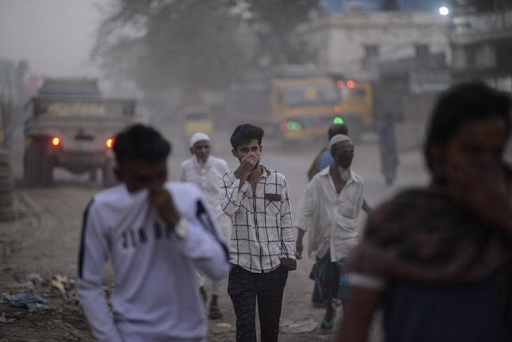
How Can You Tell If the Air Is Safe?
Many countries monitor air quality, and mobile apps provide real-time updates. However, understanding air pollution levels can be tricky.
The Air Quality Index (AQI) is a common tool that assigns a numerical value and color code to air quality. However, different countries have varying standards. For example, India’s daily PM 2.5 limit is 1.5 times higher than Thailand’s and four times higher than WHO recommendations. This means AQI scores can vary depending on the calculation method.
How to Protect Yourself from Air Pollution
Reducing exposure is key. Staying indoors or wearing a mask can help, but for many, avoiding polluted air isn’t an option. "People who work outdoors can’t afford to stay inside," says Danny Djarum, an air quality researcher at the World Resources Institute.
Indoor air pollution is another concern. Cooking, burning incense, and other household activities can degrade indoor air quality.
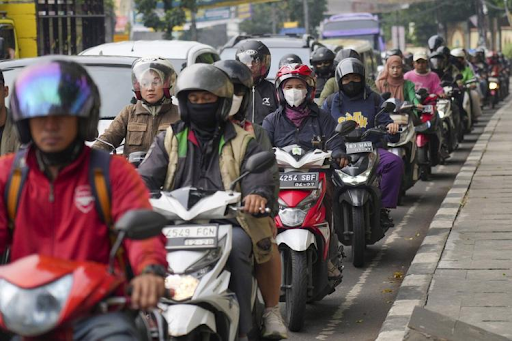
Motorists wait in a traffic jam in Jakarta, Indonesia, Feb. 11, 2025. AP Photo
Do Air Purifiers Help?
Air purifiers can reduce indoor pollution by filtering out harmful particles. However, their effectiveness is limited to small spaces. “A tiny air purifier won’t be effective in a large room,” explains Rajasekhar Balasubramanian, an air quality expert at the National University of Singapore.
Moreover, they are expensive and inaccessible to many in developing countries. “Most people affected by air pollution can’t afford air purifiers,” adds Djarum.
The Fight for Cleaner Air
Air pollution is a global crisis, but awareness and action can make a difference. While governments must enforce stricter regulations, individuals can also take steps to protect themselves. Every breath matters—ensuring clean air should be a priority for all.



